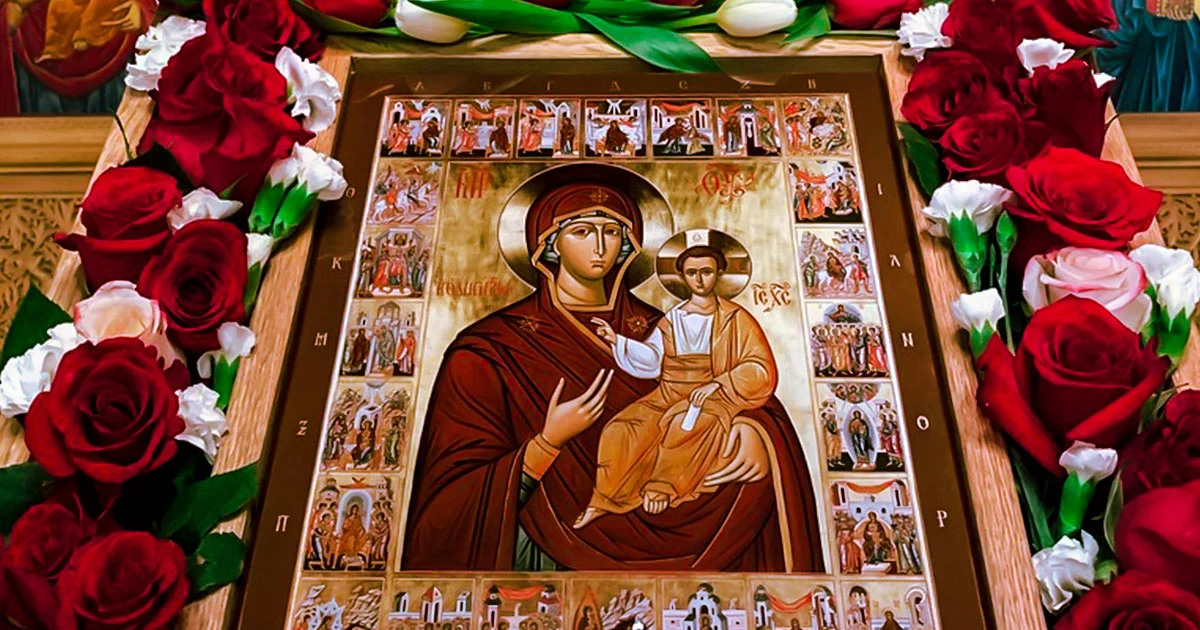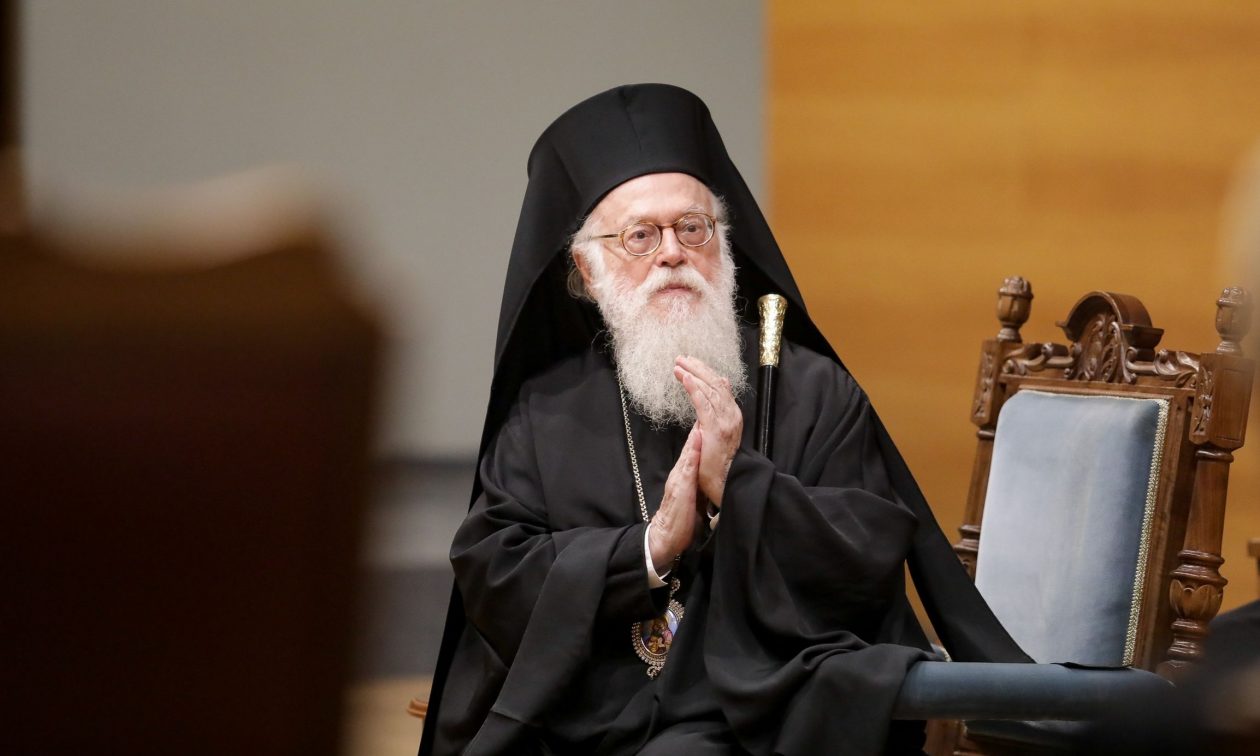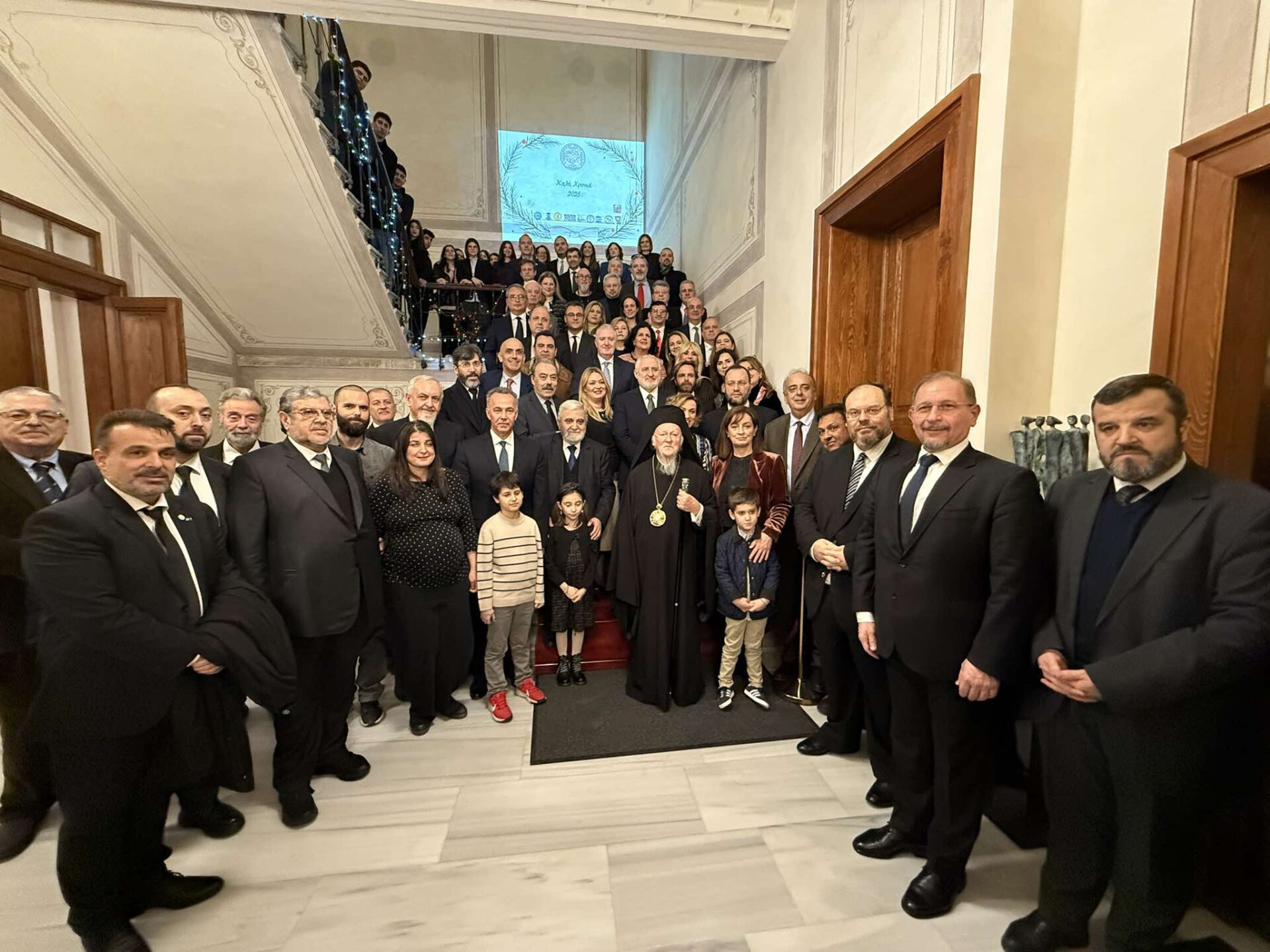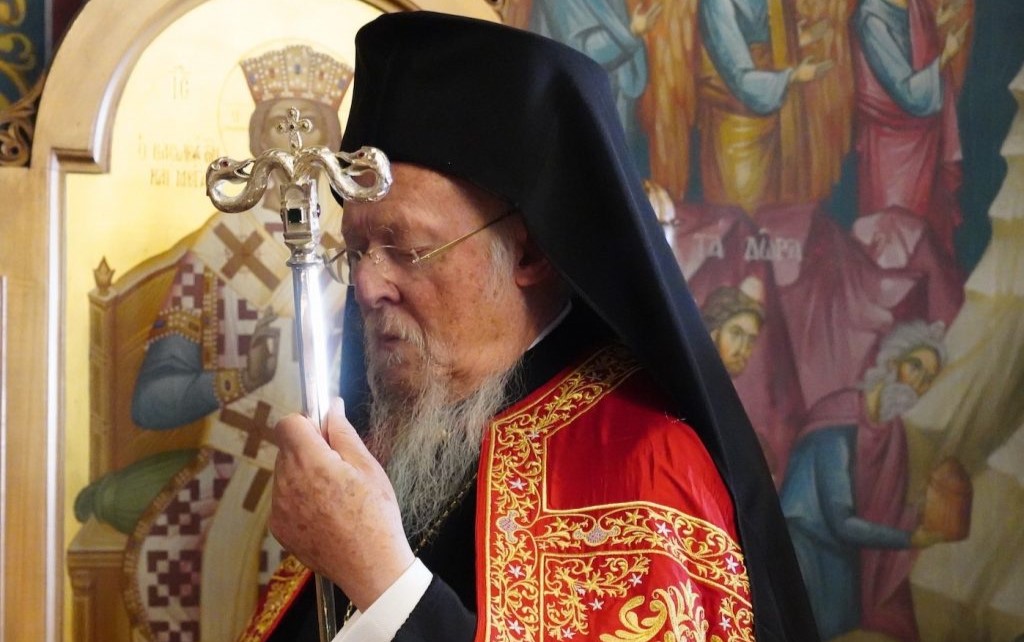The Akathist Hymn


“Rejoice, unfading rose.
Rejoice, the only one who budded forth the unfading apple.
Rejoice, birth-giver of the aromatic balm of the King of all.
Rejoice, O Bride unwedded, the world’s salvation.”
Introduction
The Akathist Hymn is a profound, devotional poem, which sings the praises of the Holy Mother and Ever-Virgin Mary. It is one of the most beloved services in the Orthodox Church. It was composed in the imperial city of Constantinople, “the city of the Virgin,” by St. Romanos the Melodist, who reposed in the year 556. The Akathist Hymn has proven so popular in the liturgical life of the Church that many other hymns have been written following its format. These include Akathists to Our Lord Jesus Christ, to the Cross, and to many Saints.
The Akathist hymn consists of praises directed to the Mother of God, beginning with the salutation of the Archangel Gabriel: “Rejoice.” As the hymn is chanted all of the events related to our Lord’s Incarnation pass before us for our contemplation. The Archangel Gabriel marvels at the Divine self-emptying and the renewal of creation which will occur when Christ comes to dwell in the Virgin’s womb. The unborn John the Baptist prophetically rejoices. The shepherds recognize Christ as a blameless Lamb, and rejoice that in the Virgin “the things of earth join chorus with the heavens.” The pagan Magi following the light of the star, praise Her for revealing the light of the world.
The word “akathistos” means “not sitting,” i.e., standing; normally all participants stand while it is being prayed. The hymn is comprised of 24 stanzas, arranged in an acrostic following the Greek alphabet. The stanzas alternate between long and short. Each short stanza is written in prose and ends with the singing of “Alleluia.” Each longer stanza ends with the refrain: “Rejoice, O Bride Unwedded.”
The first part of the hymn is about the Annunciation to the Virgin Mary by the Angel. It describes Mary’s surprise at the news, her visit to her mother and Joseph’s doubts as to her innocence. The second part is about the birth of Christ, the worship of the Shepherds and Magi, the flight to Egypt and the visit to Saint Simeon in the Temple. In the third part the hymn directs our attention to the renewal of the world by Christ’s coming, and the amazement of the Angels and the wise men at the sight of the Incarnation of God’s Son. The fourth and the last part is once more a lyric and rhetorical appraisal of Virgin Mary, whom the poet adorns with the most beautiful of adjectives asking her to accept his poetical offering and to intercede for the salvation of human race from the earthly sin.
Orthodox Christian Observance of the Akathist Hymn
On the first four Fridays of Great Lent during the service of the Small Compline the Akathist Hymn is observed in the following order:
- The chanting of the nine Odes or Canon.
- The chanting of the Kontakion with censing (“Ti Ipermacho” – “O Champion General…”).
- The chanting by the priest of the first part of the stanzas on the first Friday, the second part on the second Friday, the third part on the third Friday and the fourth part on the fourth Friday.
- The chanting of the Kontakion with censing.
- Veneration of the Icon with the chanting of the Theotokion before the conclusion of the Compline Service.
On the first Friday, the priest reads the Gospel of the day (John 15:1-7). On the fifth Friday of Great Lent the complete service is observed in the following order:
- The Troparion of the Saturday of the Akathist is chanted three times.
- The first part of the hymn is chanted.
- The first and third odes of the Canon are chanted.
- The Kontakion is chanted with censing.
- The second part is chanted.
- The fourth, fifth and sixth odes are chanted followed by the Kontakion with censing.
- The third part is chanted.
- The seventh, eighth and ninth odes are chanted followed by the Kontakion and censing.
- The fourth part is chanted. At the end of the 24th stanza, the celebrant chants the first verse of the first stanza: “An archangel was sent”. . .then continues the whole stanza.
- The Kontakion is chanted with censing followed by the veneration of the Icon of the Holy Mother of God with the chanting of the Theotokion.
Hymns of the Akathist
Kontakion (Plagal of the Fourth Tone)
O Champion General, we your faithful inscribe to you the prize of victory as gratitude for being rescued from calamity, O Theotokos. But since you have invincible power, free us from all kinds of perils so that we may cry out to you: Rejoice, O Bride unwedded. (Translated by Father George Papadeas)
Theotokion (Tone Three)
Seeing the beauty of your Virginity, and how resplendently shone forth your chastity, amazed was Gabriel who cried to you thus, O Theotokos: What shall I present to you as a worthy encomium? What shall I address you as? At a loss and perplexed am I. As ordered, therefore, thus do I shout to you: Rejoice, O Maiden who are full of grace! (Translated by Hieromonk Seraphim Dedes)
Gospel Reading (Read only on the first Friday)
John 15: 1-7:
The Lord said: “I am the true vine, and my Father is the vinedresser. Every branch of mine that bears no fruit, he takes away, and every branch that does bear fruit he prunes, that it may bear more fruit. You are already made clean by the word which I have spoken to you. Abide in me, and I in you. As the branch cannot bear fruit by itself, unless it abides in the vine, neither can you, unless you abide in me. I am the vine, you are the branches. He who abides in me, and I in him, he it is that bears much fruit, for apart from me you can do nothing. If a man does not abide in me, he is cast forth as a branch and withers; and the branches are gathered, thrown into the fire and burned. if you abide in me, and my words abide in you, ask whatever you will, and it shall be done for you.
Source: goarch.org





